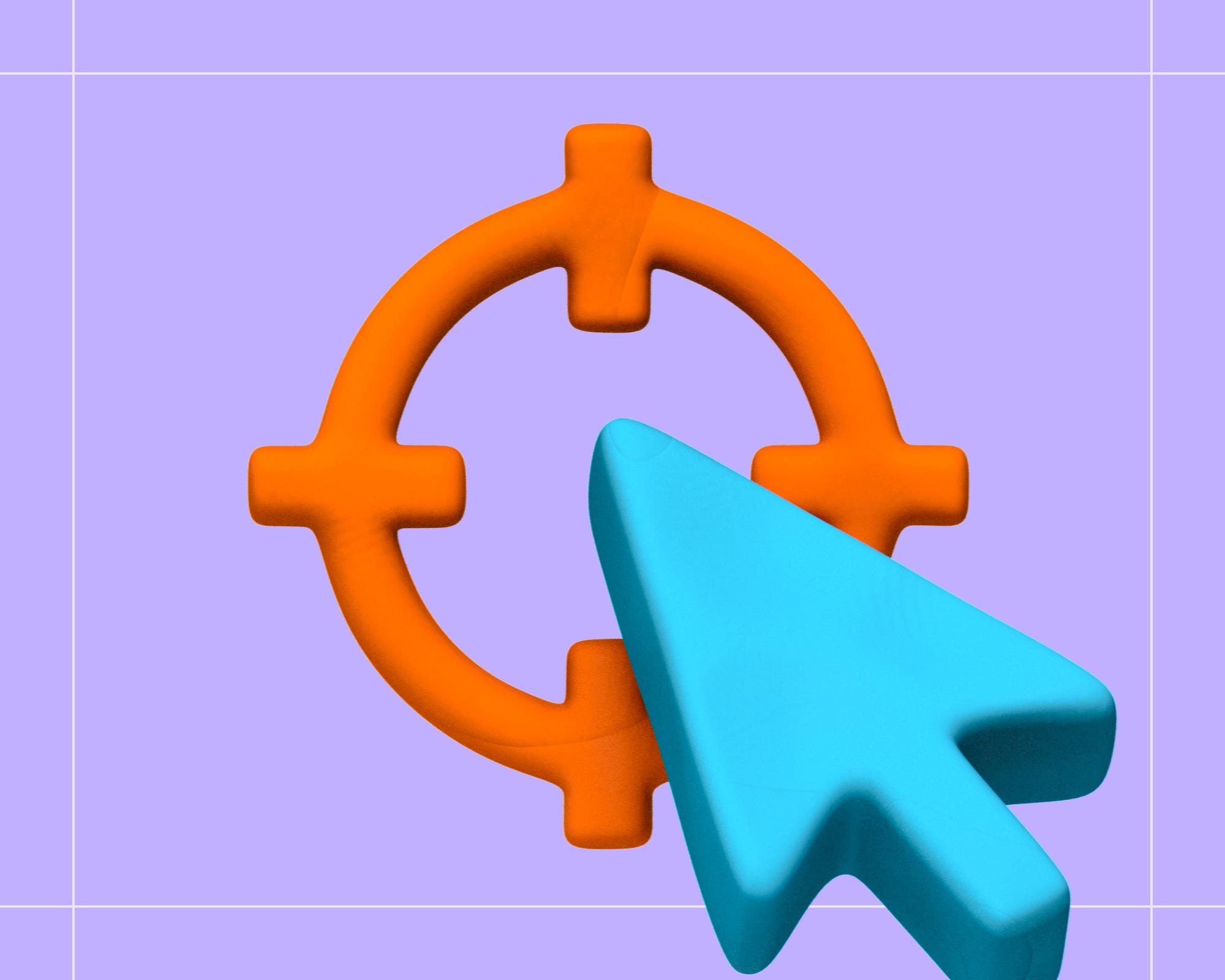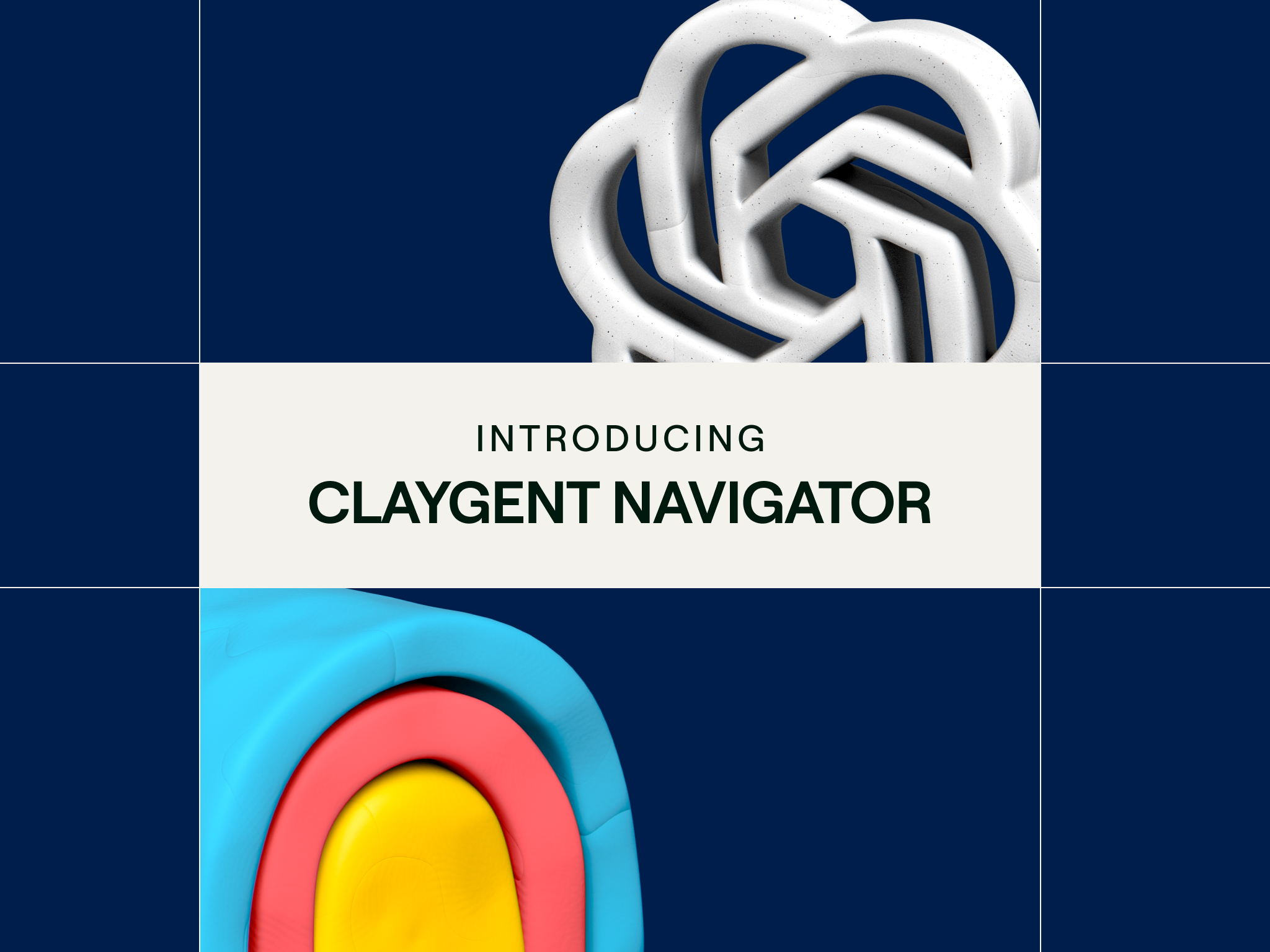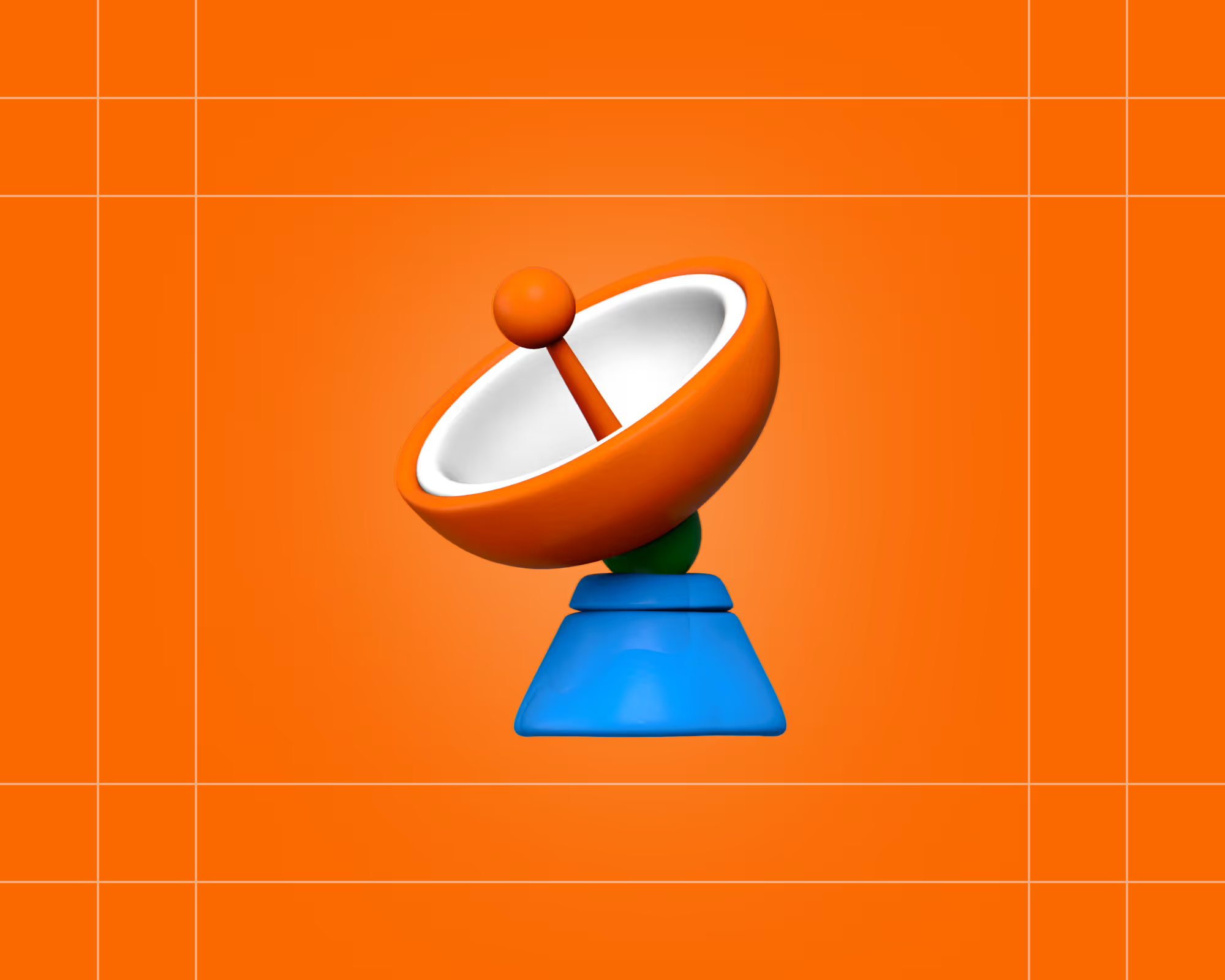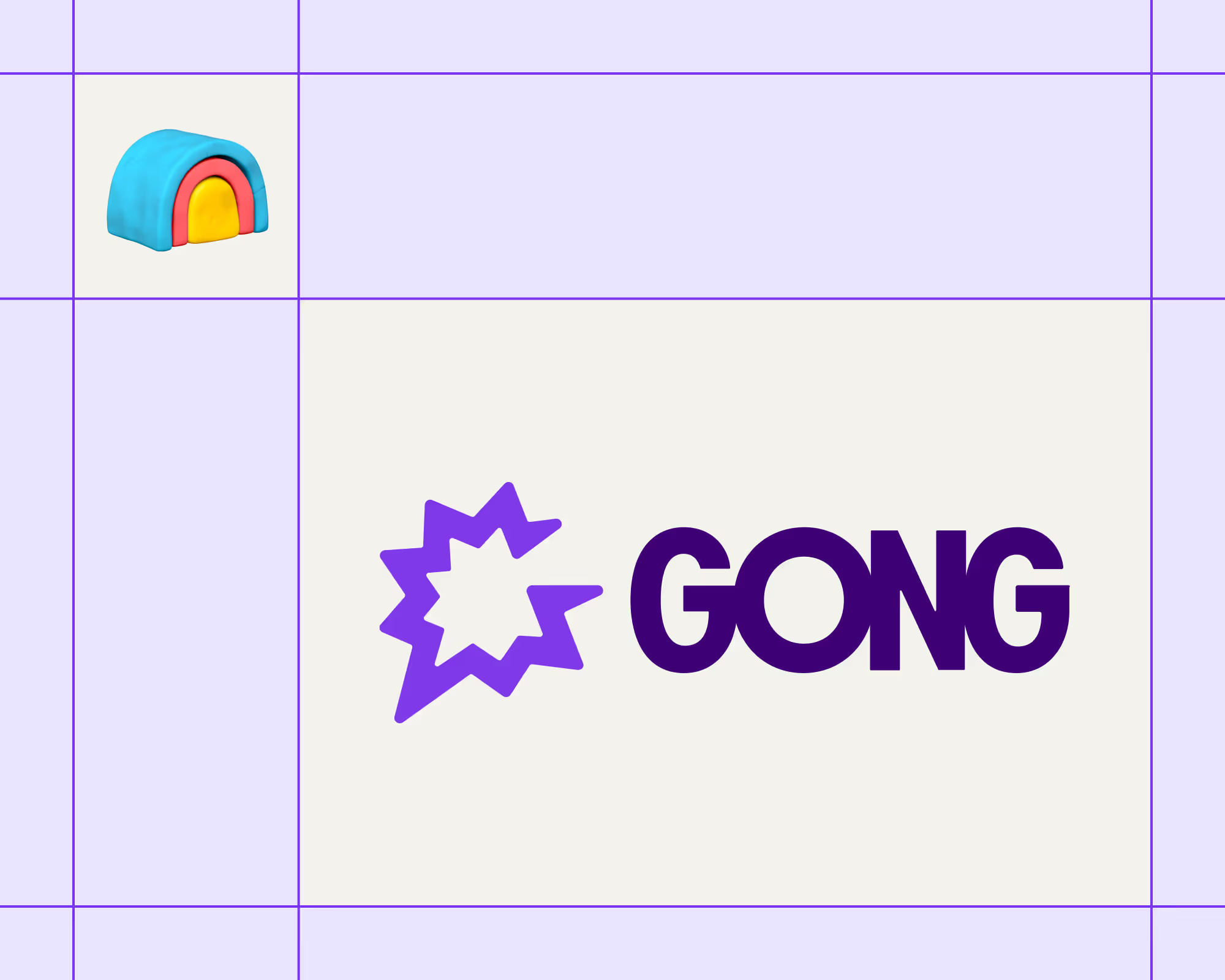When it comes to B2B sales, one of the biggest challenges is identifying potential customers and transforming them into qualified leads. However, by utilizing effective sales prospecting methods and tools, you can achieve more conversions and grow your business. In this ultimate guide to B2B sales prospecting, we'll delve into the most effective techniques, tools, and strategies to help you generate more quality leads, build a strong sales pipeline, and close more deals.
Define your Ideal Customer Profile and Buyer Persona
The first step in any successful B2B marketing and sales process is to understand your target audience. Who are your ideal customers, and what pain points do they have that your product or service can solve? Creating an ideal customer profile (ICP) and buyer persona can help you answer these questions and identify the companies and individuals most likely to benefit from what you offer.
Prioritize your Prospecting Activities
With a clear understanding of your ICP and buyer persona, you can start building a list of potential buyers and target accounts. But not all prospects are created equal, and you'll need to prioritize your outreach efforts to maximize your conversion rates. Consider factors like company size, industry, and job title when deciding which leads to focus on first.
Leverage Sales Prospecting Tools
Sales prospecting tools can help you find new leads, gather contact information, and streamline your prospecting process.
One of the best prospecting tools on the market is Clay, which can help you find prospects, qualify them, and then export them to third party CRM’s. It can help you import potential prospects from various data sources, enrich them for more data, find their contact information, and then send them straight to your salespeople to start making phone calls and sending emails.
Additionally, Platforms like HubSpot, and other CRMs offer a range of features that can help sales professionals automate their prospecting efforts and stay organized throughout the sales cycle.
Use Multiple Prospecting Methods
There's no one-size-fits-all approach to B2B sales prospecting, and different methods work better for different industries and target audiences. Cold calling and cold emailing are classic prospecting techniques, but social selling, content marketing, webinars, and referrals can also be effective ways to connect with potential customers and build trust.
Create Effective Email Templates
Email outreach is a key component of most B2B sales prospecting strategies, but not all emails are created equal. Crafting effective email templates that are tailored to your target audience and their pain points can help you stand out in a crowded inbox and drive more conversions.
Follow Up with Qualified Prospects
Following up with potential buyers who have expressed interest in your product or service is a critical step in the sales process. But many sales reps neglect this step, leaving qualified leads on the table. Make sure you have a system in place for following up with prospects and nurturing them through the sales funnel.
Track Metrics and Refine your Prospecting Process
To continually improve your B2B sales prospecting strategy, it's important to track key metrics like conversion rates, response rates, and the number of new leads generated. Use this data to refine your prospecting process and experiment with new outreach techniques and messaging.
Use Automation to Streamline Your Sales Process
Automation can help you save time and resources by automating repetitive tasks like email outreach, social media posts, and data entry. Platforms like HubSpot, Salesforce, and Pardot offer a range of automation features that can help you streamline your sales process and focus on the most important prospecting activities.
Align Your Sales and Marketing Teams
B2B sales prospecting is not just the responsibility of your sales team - your marketing team can also play a critical role in driving more qualified leads. Make sure your sales and marketing teams are aligned on your target audience, messaging, and prospecting methods to ensure a cohesive and effective sales process.
Focus on Building Relationships, Not Just Closing Deals
In today's hyper-competitive B2B marketplace, building strong relationships with potential buyers is critical for long-term success. Rather than focusing solely on closing deals, prioritize building rapport with your prospects and providing value throughout the sales process. This can help you stand out from the competition and earn the trust and loyalty of your customers.
Use Social Media to Build Your Brand and Connect with Prospects
Social media platforms like LinkedIn, Twitter, and Facebook can be powerful tools for building your brand, generating new leads, and connecting with potential buyers. By sharing content, engaging with your audience, and joining industry groups and discussions, you can establish yourself as a thought leader and build a network of prospects who are interested in your product or service.
Don't Neglect Outbound Prospecting
While inbound marketing and lead generation can be effective ways to attract new customers, don't overlook the power of outbound prospecting. Cold calling and cold emailing can still be effective ways to connect with potential buyers, especially if you have a targeted list of leads and a strong value proposition.
Develop a Compelling Sales Pitch
Your sales pitch is the foundation of your B2B sales prospecting efforts. It should clearly communicate your unique value proposition and how your product or service can help solve your target audience's pain points. Practice delivering your pitch and refine it based on feedback and data to ensure maximum impact.
Invest in Sales Training and Development
To stay competitive and continually improve your sales prospecting efforts, invest in sales training and development for yourself and your team. This can include sales methodology training, product knowledge, and soft skills like communication, negotiation, and time management.
Keep Your Prospect Lists Up to Date
Finally, to ensure that you're targeting the right prospects and avoiding wasted effort, it's important to keep your prospect lists up to date. Regularly review and refresh your list of potential buyers to ensure that you're not targeting prospects who have moved on from their current role or who are no longer a good fit for your product or service.
When it comes to effective B2B sales prospecting, a combination of targeted outreach, effective messaging, and ongoing refinement and optimization is key. By following the comprehensive strategies and best practices outlined in this guide, you'll be able to build a strong sales pipeline that can withstand the test of time. Generating more quality leads is a natural result of a well-defined and executed sales prospecting process. By utilizing the right tools and techniques, you can make the most out of your prospecting efforts and achieve the long-term growth that your B2B company needs.
When it comes to B2B sales, one of the biggest challenges is identifying potential customers and transforming them into qualified leads. However, by utilizing effective sales prospecting methods and tools, you can achieve more conversions and grow your business. In this ultimate guide to B2B sales prospecting, we'll delve into the most effective techniques, tools, and strategies to help you generate more quality leads, build a strong sales pipeline, and close more deals.
Define your Ideal Customer Profile and Buyer Persona
The first step in any successful B2B marketing and sales process is to understand your target audience. Who are your ideal customers, and what pain points do they have that your product or service can solve? Creating an ideal customer profile (ICP) and buyer persona can help you answer these questions and identify the companies and individuals most likely to benefit from what you offer.
Prioritize your Prospecting Activities
With a clear understanding of your ICP and buyer persona, you can start building a list of potential buyers and target accounts. But not all prospects are created equal, and you'll need to prioritize your outreach efforts to maximize your conversion rates. Consider factors like company size, industry, and job title when deciding which leads to focus on first.
Leverage Sales Prospecting Tools
Sales prospecting tools can help you find new leads, gather contact information, and streamline your prospecting process.
One of the best prospecting tools on the market is Clay, which can help you find prospects, qualify them, and then export them to third party CRM’s. It can help you import potential prospects from various data sources, enrich them for more data, find their contact information, and then send them straight to your salespeople to start making phone calls and sending emails.
Additionally, Platforms like HubSpot, and other CRMs offer a range of features that can help sales professionals automate their prospecting efforts and stay organized throughout the sales cycle.
Use Multiple Prospecting Methods
There's no one-size-fits-all approach to B2B sales prospecting, and different methods work better for different industries and target audiences. Cold calling and cold emailing are classic prospecting techniques, but social selling, content marketing, webinars, and referrals can also be effective ways to connect with potential customers and build trust.
Create Effective Email Templates
Email outreach is a key component of most B2B sales prospecting strategies, but not all emails are created equal. Crafting effective email templates that are tailored to your target audience and their pain points can help you stand out in a crowded inbox and drive more conversions.
Follow Up with Qualified Prospects
Following up with potential buyers who have expressed interest in your product or service is a critical step in the sales process. But many sales reps neglect this step, leaving qualified leads on the table. Make sure you have a system in place for following up with prospects and nurturing them through the sales funnel.
Track Metrics and Refine your Prospecting Process
To continually improve your B2B sales prospecting strategy, it's important to track key metrics like conversion rates, response rates, and the number of new leads generated. Use this data to refine your prospecting process and experiment with new outreach techniques and messaging.
Use Automation to Streamline Your Sales Process
Automation can help you save time and resources by automating repetitive tasks like email outreach, social media posts, and data entry. Platforms like HubSpot, Salesforce, and Pardot offer a range of automation features that can help you streamline your sales process and focus on the most important prospecting activities.
Align Your Sales and Marketing Teams
B2B sales prospecting is not just the responsibility of your sales team - your marketing team can also play a critical role in driving more qualified leads. Make sure your sales and marketing teams are aligned on your target audience, messaging, and prospecting methods to ensure a cohesive and effective sales process.
Focus on Building Relationships, Not Just Closing Deals
In today's hyper-competitive B2B marketplace, building strong relationships with potential buyers is critical for long-term success. Rather than focusing solely on closing deals, prioritize building rapport with your prospects and providing value throughout the sales process. This can help you stand out from the competition and earn the trust and loyalty of your customers.
Use Social Media to Build Your Brand and Connect with Prospects
Social media platforms like LinkedIn, Twitter, and Facebook can be powerful tools for building your brand, generating new leads, and connecting with potential buyers. By sharing content, engaging with your audience, and joining industry groups and discussions, you can establish yourself as a thought leader and build a network of prospects who are interested in your product or service.
Don't Neglect Outbound Prospecting
While inbound marketing and lead generation can be effective ways to attract new customers, don't overlook the power of outbound prospecting. Cold calling and cold emailing can still be effective ways to connect with potential buyers, especially if you have a targeted list of leads and a strong value proposition.
Develop a Compelling Sales Pitch
Your sales pitch is the foundation of your B2B sales prospecting efforts. It should clearly communicate your unique value proposition and how your product or service can help solve your target audience's pain points. Practice delivering your pitch and refine it based on feedback and data to ensure maximum impact.
Invest in Sales Training and Development
To stay competitive and continually improve your sales prospecting efforts, invest in sales training and development for yourself and your team. This can include sales methodology training, product knowledge, and soft skills like communication, negotiation, and time management.
Keep Your Prospect Lists Up to Date
Finally, to ensure that you're targeting the right prospects and avoiding wasted effort, it's important to keep your prospect lists up to date. Regularly review and refresh your list of potential buyers to ensure that you're not targeting prospects who have moved on from their current role or who are no longer a good fit for your product or service.
When it comes to effective B2B sales prospecting, a combination of targeted outreach, effective messaging, and ongoing refinement and optimization is key. By following the comprehensive strategies and best practices outlined in this guide, you'll be able to build a strong sales pipeline that can withstand the test of time. Generating more quality leads is a natural result of a well-defined and executed sales prospecting process. By utilizing the right tools and techniques, you can make the most out of your prospecting efforts and achieve the long-term growth that your B2B company needs.






















.png)















.avif)











.avif)
.avif)





















































